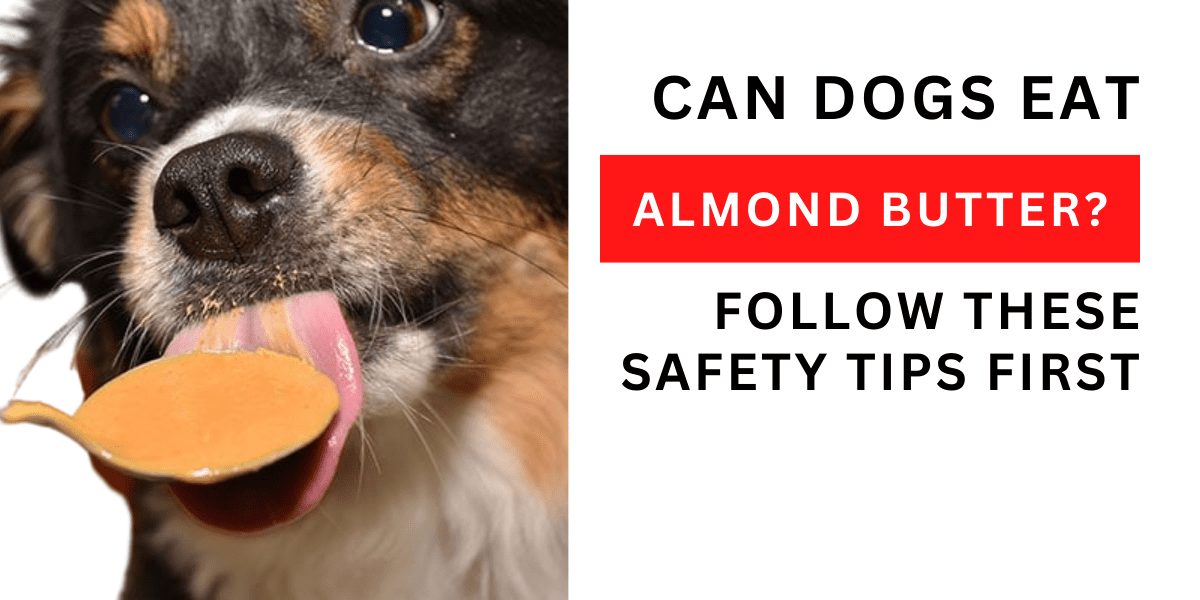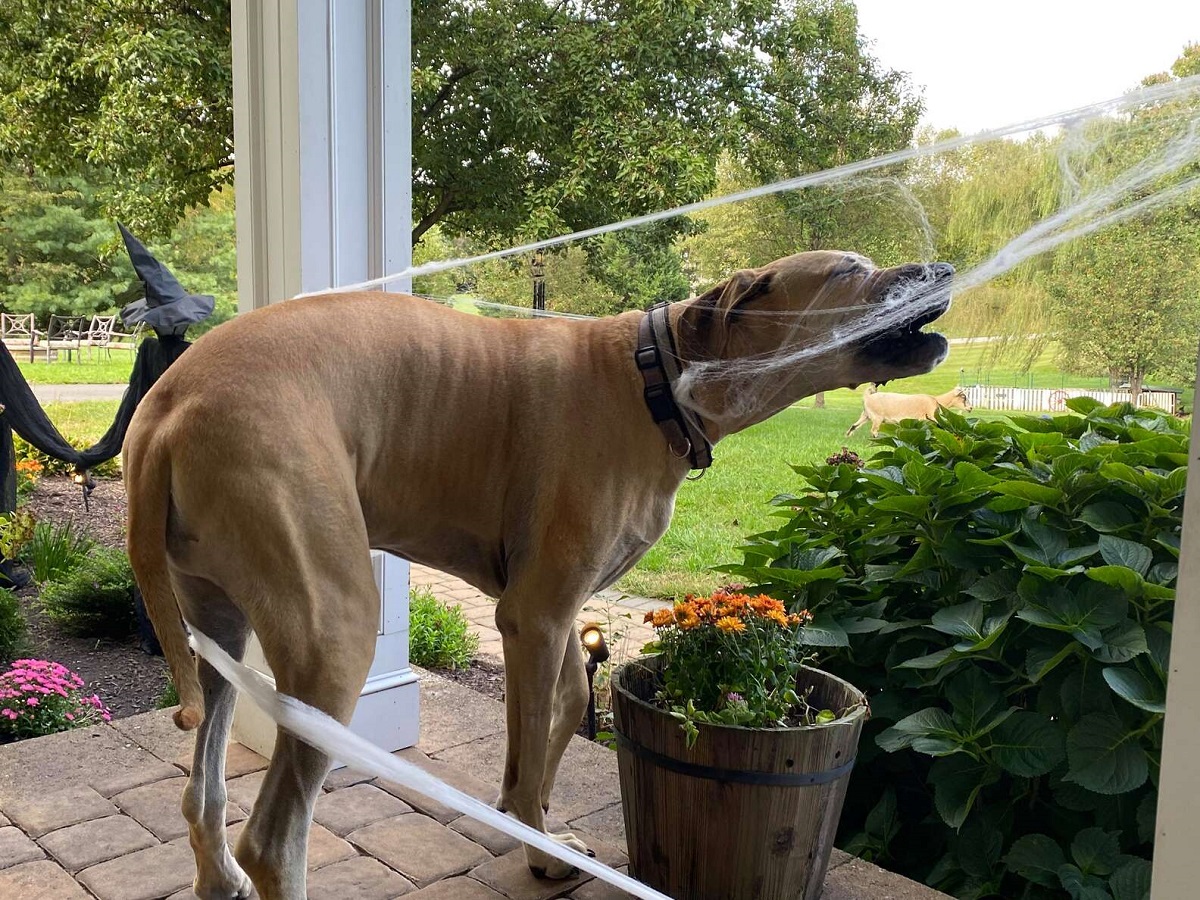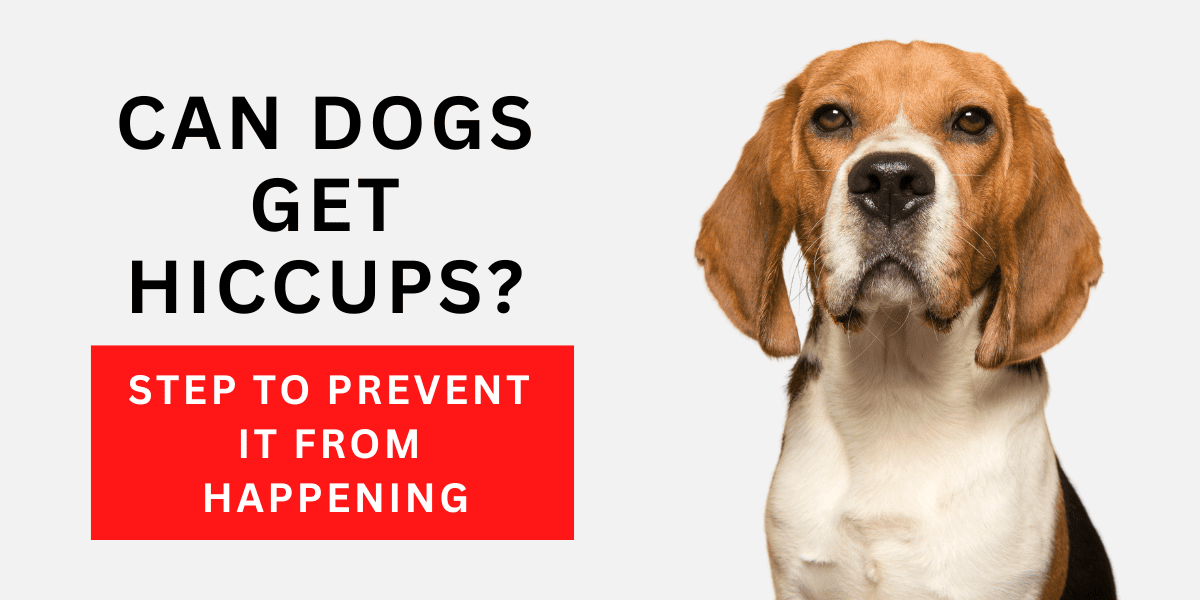As a responsible pet owner, I’m always looking for ways to provide my furry friend with the best nutrition and care. One question that often comes up is whether it’s safe to give dogs bones to chew on. While bones can offer a source of minerals and nutrients, it’s essential to understand the potential dangers they pose. In this article, I’ll explore what bones dogs can safely eat and provide some guidelines to ensure their well-being.
What Bones Can Dogs Eat
- Raw bones are safer than cooked bones because they are less likely to splinter
- Raw chicken, turkey, lamb, or beef bones that have not been cooked are soft enough for dogs to chew, eat, and digest
- Cooked bones can splinter and cause harm to a dog’s mouth, throat, and intestines.
- Bones with high fat content, like pork rib bones, can lead to pancreatitis.
- Raw meat bones may carry bacteria like salmonella, so caution is needed.
- Avoid giving dogs bones that can be swallowed whole or easily splintered.
- Supervise your dog while they chew on bones and follow safety guidelines.
Potential Health Hazards of Bones for Dogs
When it comes to giving your dog bones to chew on, it’s important to be aware of the potential health hazards they can pose. Cooked bones, in particular, can be dangerous for dogs. They have a tendency to splinter easily, which can lead to serious injuries in the mouth, throat, and intestines. This can result in pain, discomfort, and even the need for emergency veterinary care.
“Feeding cooked bones to dogs can cause severe damage to their digestive system,” warns Dr. Samantha Johnson, a veterinarian at Healthy Paws Animal Hospital.
“The sharp splinters can puncture their esophagus, stomach, or intestines, leading to internal bleeding, blockages, or infections.”
Fatty bones, such as pork rib bones, also present a health risk. These can lead to pancreatitis, an inflammation of the pancreas, which can cause abdominal pain, vomiting, and diarrhea in dogs. In addition, bone fragments can pose a choking hazard and may cause blockages in the dog’s throat or intestines, which can be life-threatening.
“It’s essential to be cautious when giving your dog bones,” advises Dr. Johnson.
“Always opt for raw bones, as they are safer and less likely to splinter. However, it’s important to remember that even raw bones can carry bacteria like salmonella, so proper handling and hygiene practices are necessary.”
Dogs are naturally inclined to chew, and providing them with appropriate chew toys and bone alternatives can be a safer option. By understanding the potential health hazards associated with bones and taking the necessary precautions, you can ensure the well-being and safety of your beloved furry friend.
Bones to Avoid Giving Dogs
When it comes to feeding your dog bones, it’s essential to know which ones to avoid. Cooked bones are a big no-no as they can easily splinter and cause injury to your dog’s mouth, throat, and intestines. Additionally, fatty bones like pork or rib bones should be off-limits as they can lead to pancreatitis, a potentially dangerous inflammation of the pancreas. Small bones, such as chicken bones, should also be avoided as they can be swallowed whole, posing a choking hazard.
- Cooked Bones
- Chicken Bones
- Turkey Bones
- Fish Bones
- Rib Bones
- T-Bones
- Bones from Small Animals
- Cooked Bones from Other Meats
- Bones with Marrow
- Hard, Weight-Bearing Bones
Another category of bones to steer clear of is commercially available bone treats. These include ham bones or pork femur bones, which can present similar dangers and even cause illnesses in dogs. Rawhide chews, often regarded as a popular alternative to bones, also come with their own set of risks, including digestion problems and potential blockages.
“It’s important to remember that not all bones are safe for dogs,” warns Dr. Amanda Adams, a leading veterinarian. “Avoid cooked bones, small bones that can be swallowed whole, and commercially available bone treats. Instead, opt for safer alternatives like raw bones or dog-friendly chew toys.”
When in doubt, consulting with your veterinarian is always a wise choice before introducing bones or bone treats into your dog’s diet. They can provide guidance specific to your dog’s needs and help you choose the safest options. Remember, the health and well-being of your furry friend should always be a top priority.
Safe Bones for Dogs to Eat
When it comes to giving bones to your furry friend, safety should always be the top priority. While some bones can pose potential risks, there are safe options that dogs can chew on without harm. Raw bones are generally considered safer than cooked bones because they are less likely to splinter. Raw chicken, turkey, lamb, or beef bones that have not been cooked are soft enough for dogs to chew, eat, and digest.
Recreational bones, such as large femur or hip bones from bison or beef, can be enjoyed by dogs as well. These bones can have meat, cartilage, or soft tissue still attached, providing a source of mental stimulation. However, it’s important to note that these bones should not be fully consumed. Dogs should not be allowed to break the bone down into small pieces, as this can pose a choking hazard or risk of blockage.
I always recommend raw bones, such as raw chicken or beef bones, for dogs to chew on. These bones provide natural teeth cleaning benefits and can keep your furry friend entertained for hours. Just make sure to monitor your dog while they’re chewing and remove any small or broken pieces to prevent any accidents.
Suitable Bones for Dogs:
- Raw chicken bones
- Raw turkey bones
- Raw lamb bones
- Raw beef bones
- Recreational bones, like bison or beef femur or hip bones
Remember, not all bones are safe for dogs to consume. It’s best to avoid giving your dog small bones that can be swallowed whole, such as those from poultry or fish. Additionally, bones with marrow should be avoided for dogs with pancreatitis or on a low-fat diet due to their high-fat content. Always consult with your veterinarian to ensure you’re providing the safest bone options for your furry friend.
Safety Guidelines for Giving Dogs Bones
When it comes to giving your beloved pup bones to chew on, it’s essential to prioritize their safety. Here are some important guidelines to follow:
Supervision and Disposal
Always supervise your dog when they are chewing on bones to prevent any choking or injury. Once the bone has been gnawed down and become small enough to pose a choking hazard, it’s important to dispose of it properly. Throw out the bone to avoid any splintering that could harm your dog.
Appropriate Size and Type
Ensure that the bones you give your dog are larger than the length of their muzzle to prevent them from swallowing the bone whole. Choose bones that are suitable for your dog’s size and chewing strength. Dogs with restorative dental work or those prone to biting bones in half should not be given bones to avoid any dental issues or injuries.
Chewing Time and Frequency
Limit the amount of time your dog chews on bones to 10 to 15 minutes at a time. Chewing for extended periods may lead to dental problems or an upset stomach. Additionally, only give your dog bones after their meal to prevent them from becoming overly excited and chewing too quickly.
Storage and Bacterial Contamination
When not in use, refrigerate the bones to prevent bacterial growth. It’s important to dispose of bones after three to four days to avoid any potential bacterial contamination. Remember, bones can carry bacteria like salmonella, so taking proper precautions is crucial for your dog’s health.
By following these safety guidelines, you can ensure that your furry friend enjoys the benefits of chewing on bones while minimizing any potential risks. However, it’s important to note that every dog is different, and it’s always a good idea to consult with your veterinarian before introducing bones into your dog’s diet.
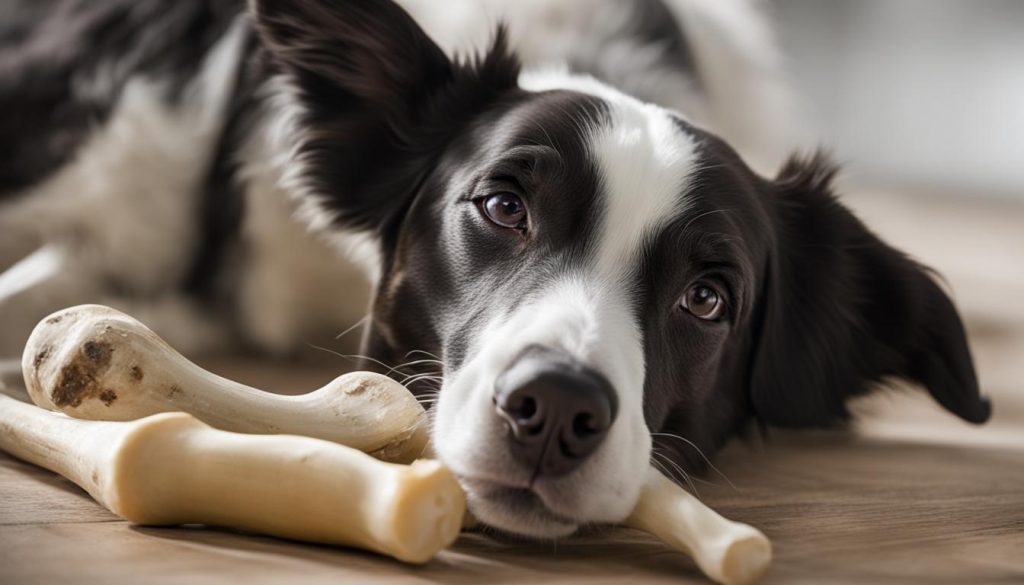
Bone Alternatives for Dogs
While bones can be a popular choice for dogs to chew on, they may not be suitable for every pup. If you prefer to avoid giving your dog bones, there are plenty of bone alternatives available that can provide a safe and enjoyable chewing experience.
A great option is commercially available chew toys. These toys are specifically designed for dogs to chew on and can help satisfy their natural urge to chew. Look for chew toys made of twisted rope fibers or dense rubber, as these materials are durable and can withstand heavy chewing.
Another alternative is simulated dog bones. These bones are made from materials such as nylon or rubber and are designed to mimic the texture and feel of real bones. They come in various sizes to cater to different breeds and are a safe option for dogs who love to chew.
Chew toys and simulated dog bones can provide a safe and enjoyable chewing experience for dogs of all sizes.
In addition to chew toys and simulated bones, there are other ways to keep your dog’s teeth clean and their chewing needs satisfied. Daily teeth brushing is essential for maintaining good dental health. You can also explore dental diets, treats, and chews that are approved by the Veterinary Oral Health Council (VOHC). These products are specifically formulated to promote dental health in dogs.
If you’re concerned about providing the necessary nutrition for your dog’s health without using bones, commercially available diets can be a great option. These diets are specially formulated to meet all the nutritional needs of your furry friend, ensuring they receive a balanced and healthy diet.
The Health Benefits of Bones for Dogs
Chewing on bones can offer numerous health benefits for dogs. Not only does it act as a natural toothbrush, reducing tartar buildup and preventing gum disease, but it also stimulates the production of saliva enzymes that help prevent plaque from forming. Dogs that regularly chew on bones are also less likely to excessively scratch or lick their paws, which can be a sign of anxiety or boredom.
Raw bones, in particular, can be a valuable source of essential minerals such as calcium and phosphorus. These nutrients are crucial for maintaining strong bones and teeth, as well as supporting overall health. Additionally, chewing bones can strengthen the muscles of the stomach and prevent issues like bloat and anal gland problems. Regular bone chewing can also help promote healthy bowel movements and reduce constipation.
I can’t stress enough the importance of mental stimulation for our furry friends. Chewing bones provides a natural and engaging activity that can reduce anxiety and boredom, leaving our dogs happier and more content.
The Benefits of Dental Health and Bones
Good dental health is vital for dogs, and chewing on bones can help maintain oral hygiene. The abrasive action of gnawing on bones helps remove plaque and tartar, reducing the risk of periodontal disease. This not only keeps your dog’s breath fresh but also prevents potential tooth loss and painful dental infections.
Remember, though, that not all bones are suitable for dogs. Always opt for raw, uncooked bones that are appropriate for your dog’s size and breed. Avoid giving small chicken bones or cooked bones, as they can splinter and cause serious harm. And as always, consult with your veterinarian to ensure you’re making the best decisions for your furry friend’s health and well-being.
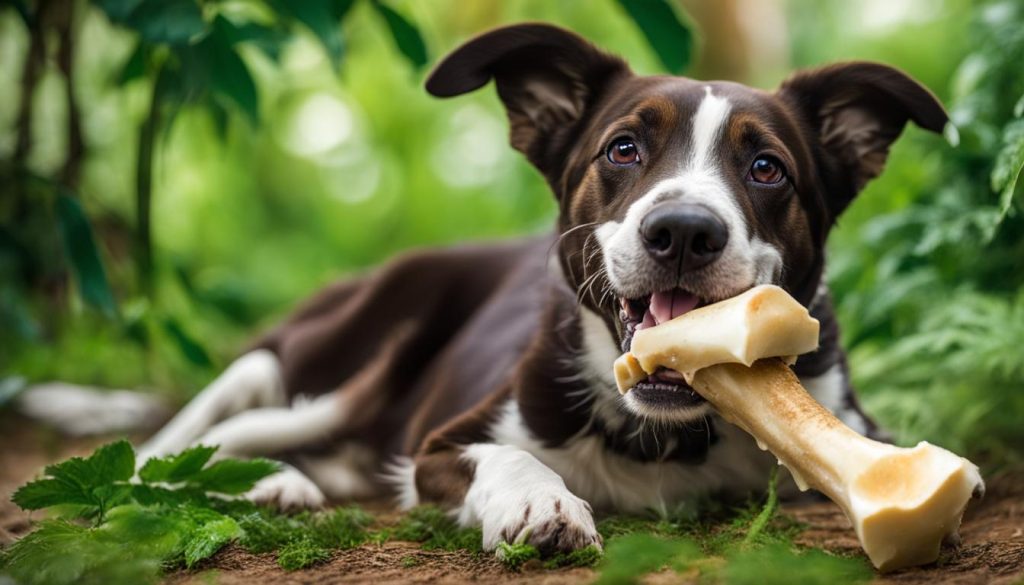
Should You Give Your Dog Bones?
When it comes to giving bones to dogs, there are pros and cons to consider. Bones can provide nutritional benefits and promote dental health. Chewing on bones can act as a natural toothbrush, reducing tartar buildup and preventing gum disease. It also stimulates saliva enzymes, which help prevent plaque formation. As a pet parent, you may see your dog scratching and licking their paws less when they have a bone to chew on. Additionally, raw bones can be a good source of minerals such as calcium and phosphorus.
However, it’s important to be aware of the potential risks associated with giving bones to dogs. Cooked bones can splinter easily and cause harm to the mouth, throat, and intestines. Bone fragments can present choking hazards and lead to blockages in the digestive system. Furthermore, bones can carry bacteria like salmonella, which poses a risk to both dogs and humans. As with any decision regarding your dog’s health, it’s crucial to consult with your veterinarian and weigh the pros and cons before giving your dog bones.
“While bones can provide nutritional benefits and dental health benefits, they also carry potential dangers such as splintering, choking hazards, and bacterial contamination.”
If you decide to give your dog bones, it’s important to follow safety guidelines. Always supervise your dog while they are chewing on bones to prevent choking or injury. Dispose of gnawed-down bones to avoid splintering. Avoid giving bones to dogs with dental restorations or those prone to biting bones in half. Additionally, bones should be given after a meal to prevent your dog from chewing too quickly. Remember to choose bones that are larger than the length of your dog’s muzzle to reduce the risk of swallowing. Refrigerate bones when not in use and dispose of them after three to four days to prevent bacterial contamination.
Conclusion
In conclusion, when it comes to feeding bones to dogs, there are both benefits and risks to consider. While bones can provide essential nutrients and promote dental health, they also carry potential dangers such as splintering and bacterial contamination. It is crucial to follow safety guidelines and consult with your veterinarian to determine the best approach for your beloved pet.
Considering bone alternatives, such as chew toys and dental diets, can provide a safer and enjoyable chewing experience for your dog. These alternatives can help maintain dental hygiene and provide mental stimulation without the risks associated with bones. Ultimately, the decision to give your dog bones should prioritize their health and safety above all else.
It is important to note that each dog is different, and what works for one may not work for another. Talking to your veterinarian can provide valuable insights and guidance tailored to your dog’s specific needs and health conditions. By making informed decisions and prioritizing your dog’s well-being, you can ensure a safe and fulfilling chewing experience for your furry friend.
FAQ
What bones can dogs eat?
Dogs can safely eat raw chicken, turkey, lamb, or beef bones that have not been cooked. Recreational bones, such as large femur or hip bones from bison or beef, can be chewed on but should not be fully consumed.
What are the potential health hazards of bones for dogs?
Bones can splinter and cause injury to the dog’s mouth, throat, and intestines. Fatty bones, like pork rib bones, can lead to pancreatitis. Bone fragments can be choking hazards and cause blockages in the intestines.
What bones should I avoid giving to dogs?
Avoid giving dogs cooked bones, commercially available bone treats, rawhide chews, and bones that can be swallowed whole, such as small chicken bones. Pork or rib bones should also be avoided as they are more likely to splinter.
What are safe bones for dogs to eat?
Raw chicken, turkey, lamb, or beef bones that have not been cooked are safe for dogs to eat. Recreational bones, such as large femur or hip bones from bison or beef, can be chewed on but should not be fully consumed.
What are the safety guidelines for giving dogs bones?
Supervise your dog when they are chewing on bones, throw out gnawed-down bones to prevent splintering, and do not give bones to dogs with restorative dental work or prone to biting bones in half. Bones should be given after a meal when the dog is already full, and dogs should only chew on bones for 10 to 15 minutes at a time.
What are some bone alternatives for dogs?
Commercially available chew toys and simulated dog bones made of twisted rope fibers or dense rubber can provide a safe and enjoyable chewing experience for dogs. Daily teeth brushing, dental diets, treats, and chews approved by the Veterinary Oral Health Council (VOHC) are also good alternatives.
What are the health benefits of bones for dogs?
Chewing on bones can act as a natural toothbrush, reduce tartar buildup, prevent gum disease, and stimulate saliva enzymes that prevent plaque buildup. Bones can also provide necessary minerals, strengthen stomach muscles, promote healthy bowel movements, and mentally stimulate dogs while reducing anxiety.
Should I give my dog bones?
The decision to give your dog bones should be made after considering the potential benefits and risks. It is important to consult with your veterinarian before giving your dog bones and to prioritize the safety and well-being of your furry friend.
Can I draw any conclusions about bones for dogs?
Feeding bones to dogs can have both benefits and risks. It is important to consider the potential hazards, follow safety guidelines, and evaluate bone alternatives before making a decision. Consult with your veterinarian to determine the best approach for your dog’s health and safety.

